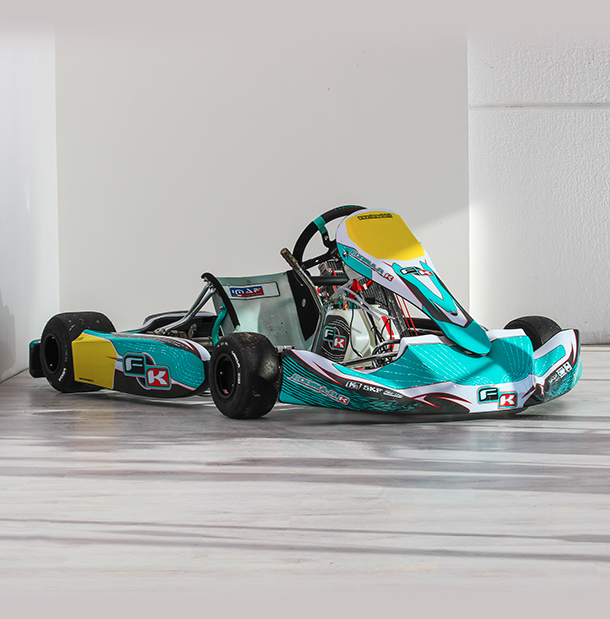Frequent Searches
Frequent Searches

 Exclusive Content
Exclusive Content

The brakes were revised both in the rear and in the front, which is where we find the most important new feature, the STR.V2 model destined for the KZ categories. IPKarting’s technicians have designed a brand new caliper with four tiny pistons that aims to improve the modulability of braking. As confirmed by Cash Van Belle, the head of IPK’s racing team, the four tiny pistons distribute the force exercised by the pad on the disc over a greater area, making it possible to eliminate jamming in throttle-off and give the driver greater control when entering a turn.
The callipers are machined from a single block using C.N.C. processing. Particular care has gone into developing the shape, designed to improve the cooling of the disc and the removal of dust created by the pads.
The brake discs have also been rethought in order to improve brake pad cleanliness. The front brake discs are 149 mm in diameter, floating and self-ventilated. In the rear braking system, known as RBS.V2, we now find the possibility of choosing between two different diameters: 187 mm, the standard measure, and 195 mm, an optional. The rear calliper has been made more robust by a reduction in bending points, but without modifying the weight.